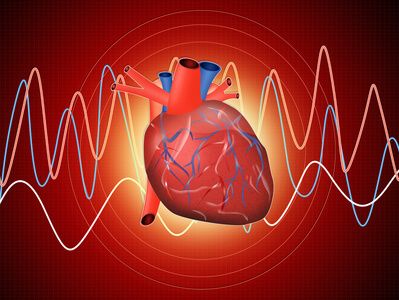This study recently published in JACC paves the way to identifying higher risk patients among those with no epicardial coronary artery disease (CAD) that present angina symptoms.

Evidence of coronary spasm and increased microcirculation resistance in patients with angina (but with no epicardial obstructive CAD) is associated with increased risk of adverse cardiac events.
AT nearly two-year follow-up, patients with vasospastic angina and elevated microcirculation resistance rates (IMR) had 6 times more chances of events compared against patients with no vasospastic angina and normal IMR, despite the fact that they all had the same symptoms (HR 6.23; CI 95% 1.21 to 118.48).
Cardiology has always focused on obstructive CAD, and has developed many tools with great efficacy, even in hard end points such as mortality. Among others, there are the stents, CABG, statins, and antiplatelet drugs. But when it comes to patients with no epicardial CAD, we do not have that many tools, not even information.
Obstructive CAD predominantly affects men; instead, microvascular dysfunction predominantly affects women.
Microvascular dysfunction has been typically defined by IMR >25, but this study shows there is a cutoff value of 18 that identifies patients with worse prognosis.
IMR measurements are not available in the daily practice in many centers and the “normal” value remains controversial, but what we should learn from this study is that roughly three quarters of patients with angina and epicardial CAD with no lesions have microvascular dysfunction.
When the coronary angiography does not show lesions, we tend to think of mistakes in prior tests, or that the patient has a psychiatric problem. Now, little by little, we start to see there is a whole clinical syndrome beyond obstructive CAD.
Original Title: Coronary functional abnormalities in patients with angina and nonobstructive coronary artery disease.
Reference: Suda A et al. J Am Coll Cardiol. 2019;74:2350-2360.
Get the latest scientific articles on interventional cardiologySubscribe to our weekly newsletter
We are interested in your opinion. Please, leave your comments, thoughts, questions, etc., below. They will be most welcome.



